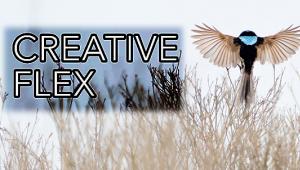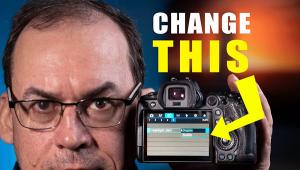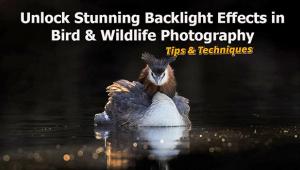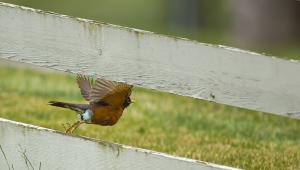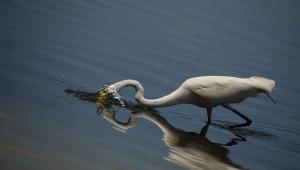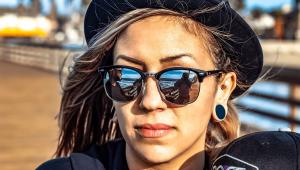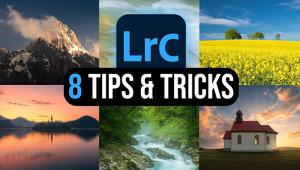Beginners Guide: Shooting Photos in Manual Mode is Easier Than You Think (VIDEO)

At some point along their journey most photographers think about leaving the comfort of shooting in Auto and experimenting with Manual mode—even if they decide to revert to Aperture or Shutter Priority after giving Manual a try. The beginners guide below explains all the basics for switching your camera's mode dial to "M."
We don't subscribe to the notion espoused by so-called purists that "you're not a real photographer unless you should in Manual." That is simply silly because many pros regularly use semi-automatic modes for much, if not all, of their work. That said, there are undeniable benefits for shooting in Manual under certain conditions. If anything, giving this a try is a great way to better understand how a camera's exposure system works.
Instructor William Patino is a successful professional landscape photographed based in beautiful Fjordland, New Zealand. In this straightforward primer he demonstrates how to stop relying upon Auto modes and instead capture photos with perfect exposure in Manual. By the time you're done watching we think you agree that this approach is far easier than you thought.

Patino says that "by understanding and shooting in Manual mode you'll be able to unleash your full creative potential." And that means increasing your skills and upping your game. When that happens better photos are often the result.
As most our you know, there are three basic variables than contribute to exposure: shutter speed, aperture, and ISO. Patino provides a review of the familiar Exposure Triangle and discusses the interrelationship between this trio of settings. The type of photos you shoot determines the order in which you choose these variable to achieve optimum results.
Shutter speed, for example, is a key consideration of sports and wildlife photographers, while aperture (hence depth of field) is a primary concern for those who shoot landscapes. So remember to apply Patino's advice selectively depending upon the specific task at hand.

After breaking down the particulars of the Exposure Triangle, Patino take you out in the field for a behind-the-scenes look at how to tie all this knowledge together. He does this with practical examples you're likely to confront yourself—illustrated with his photos.
In a way, Patino's point is all about trust. That's because the camera makes some very important decisions on your behalf when shooting in Program or one of the semi-automatic modes. If you're uneasy about that or have experienced inconsistent results Manual mode enables you to take full control by making all the exposure decisions yourself.
In other words, you can take all the credit (or blame), depending upon how the shot turns out. There are more enlightening tutorials like this on Patino's YouTube channel, so be sure to take a look.
We also recommend watching the video tutorial we posted from another accomplished pro recently, explaining several important settings you should change now on every camera you own.
- Log in or register to post comments




